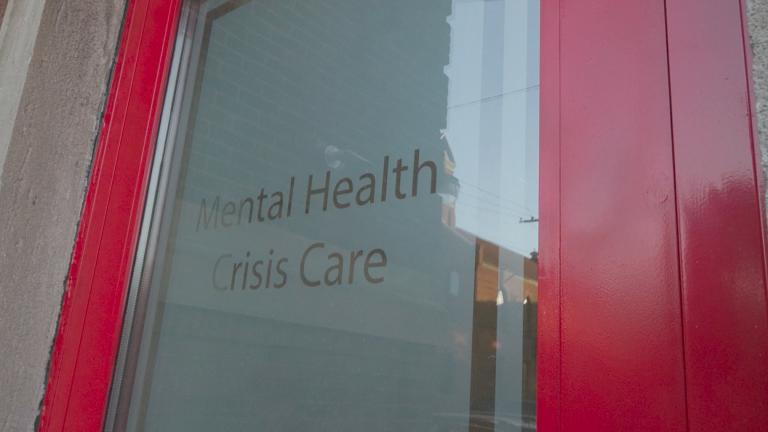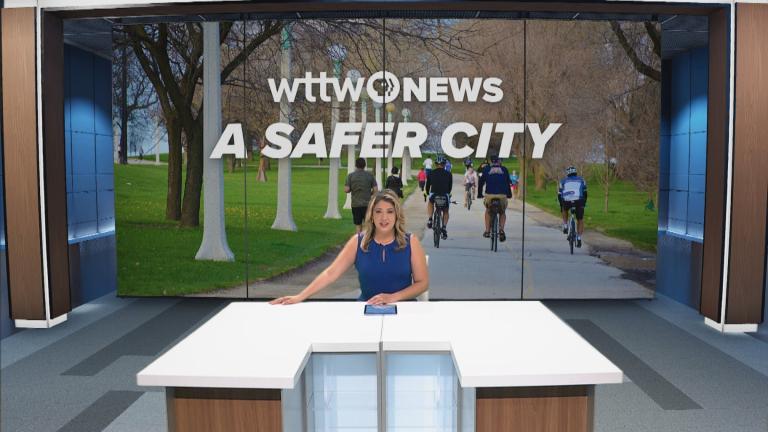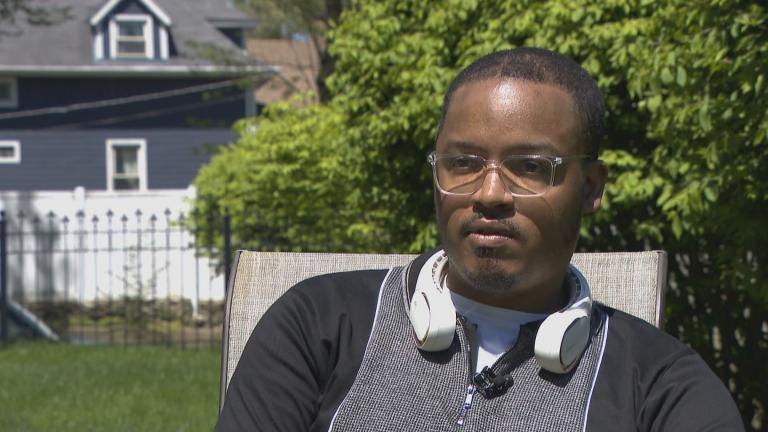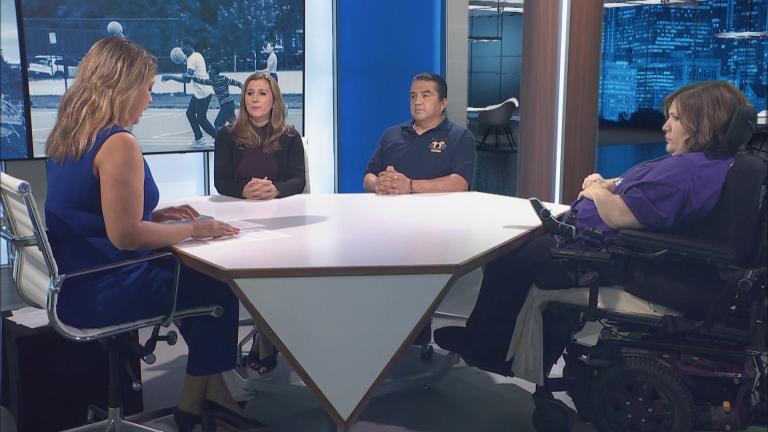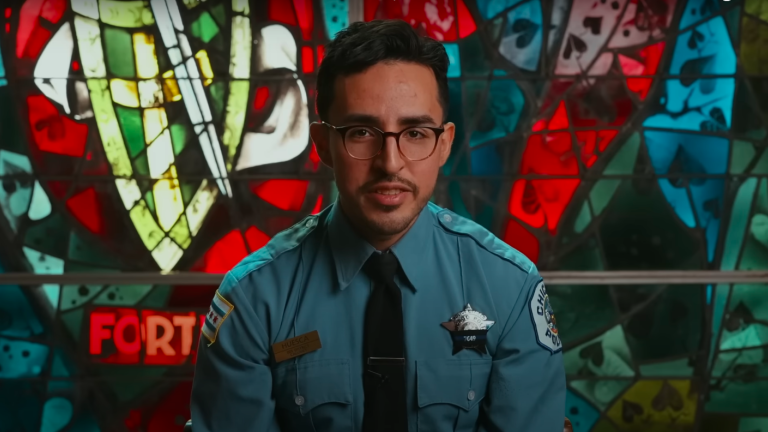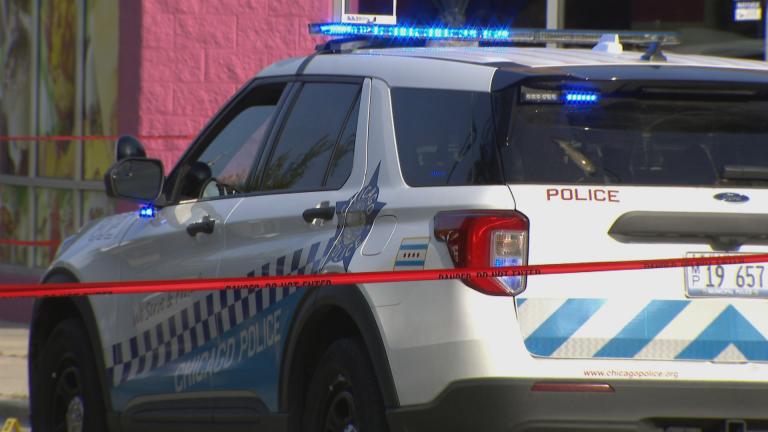According to a study in the Journal of the American Medical Association, the average age for Chicagoans to witness a shooting is 14. Research also shows that exposure to violence can lead to long-lasting mental health issues.
“Chicago Tonight” asked several young people how the threat of violence impacts their daily lives.
South Shore resident Erica Smith, 17, a member of the Youth Leadership Council at After School Matters, has already lost a few friends due to gun violence.
“I see little boys starting from the ages of 11 and up carrying big guns out the house,” Smith said. “It’s not even safe for me to walk my dog.”
Jonathan Morales is a Hubbard High School sophomore participating in the Mikva Challenge, a program teaching high schoolers how to be engaged in our political system so they can be informed citizens and leaders. He considers his Chicago Lawn community on the Southwest Side to be “somewhat safe,” although he is aware of gang violence and shootings.
Davarius Jones, on the other hand, said he does feel safe in his Austin neighborhood on the West Side. The 15-year-old is a member of Communities United, which advocates for racial justice and social change. Jones believes more jobs and economic opportunity would reduce crime.
“If my community had enough jobs, people would not have to, for instance, sell drugs and fight for the limited resources,” Jones said.
Jones believes racism is the root cause of some of his community’s problems.
“Racism plays a role in preventing young Black men from getting jobs,” Jones said, “as a lot of companies refuse to give them an opportunity.”
Minority communities are disproportionately impacted by violence. Last year, 75% of shooting victims in Chicago were Black and 19% were Latino.
Smith would also like to see young people being given more opportunities.
“You can change their lives by showing them that there are other ways out of their neighborhood that don’t involve violence,” Smith said. “You do not have to be a product of your environment or another statistic, but young people have to be shown other positive paths in life. They need role models to look up to and set the example.”
Though Smith, Morales and Jones are aware of the challenges their neighborhoods face, each teen is working to make a positive impact through community involvement.
“I learned that even if I am a kid,” Smith said, “I can make a big difference in my life and other people’s lives just by using my voice and standing up for what I believe in.”
A Safer City is supported, in part, by the Sue Ling Gin Foundation Initiative for Reducing Violence in Chicago.

